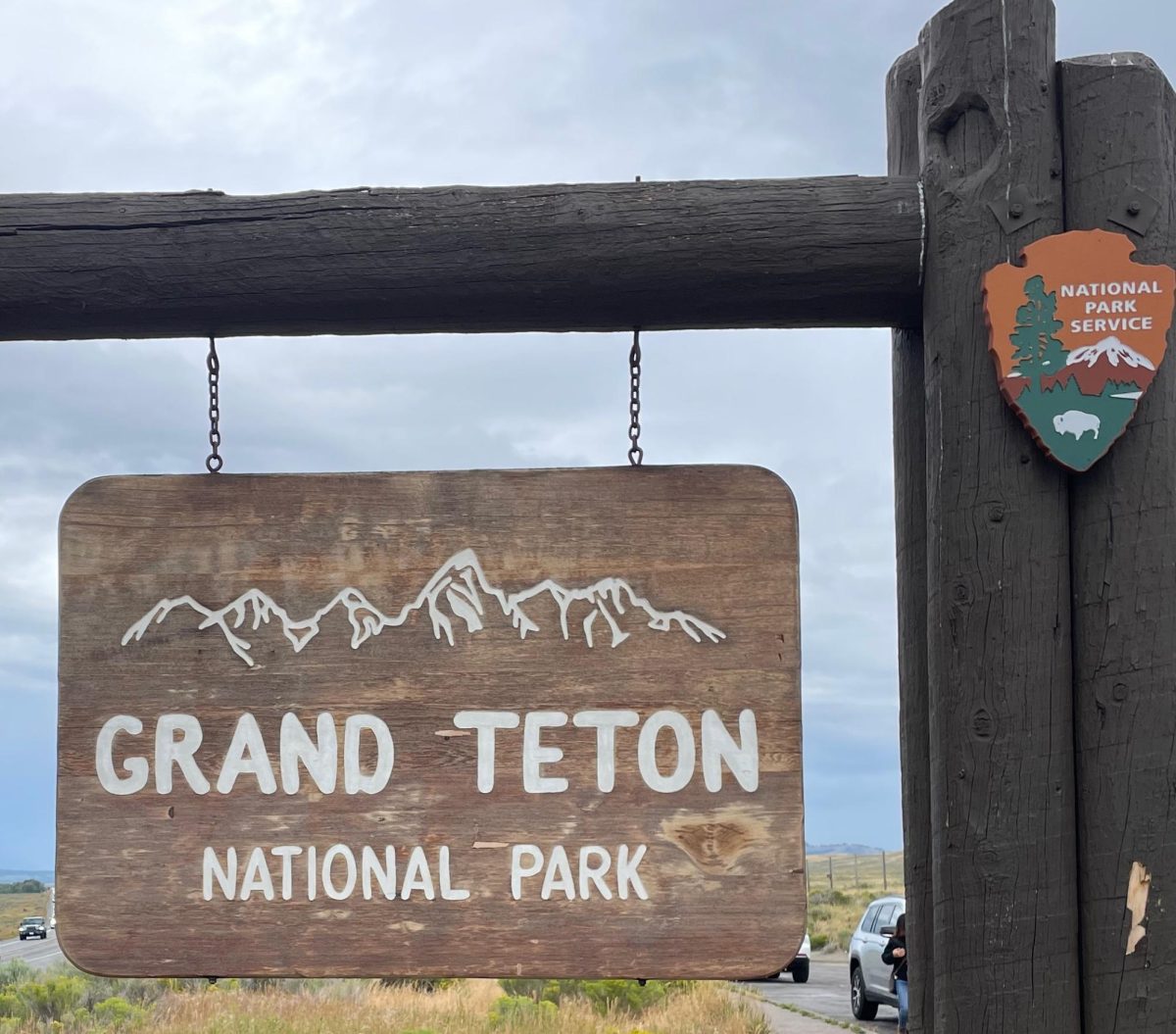U.S. National parks span across over 85 million acres of land across the nation, preserving land, wildlife, history and resources. National parks are an important part of the country’s past and future.
These protected lands preserve ecosystems and habitats, keeping them safe from dangerous human behavior and interference. Senior Becca Hahm enjoys national parks and has visited a few of them. “They are beautiful preserved places all over our country that not only ensure the protection of many different ecosystems and landscapes, but also create perfect habitats for so many plants and animals and it’s important to maintain the protection of these places and species,” said Hahm.
With over 40% of the ecosystems in the U.S. at risk of collapse due to deforestation, expansion and land conversion, protected areas are more important than ever. Parks regulate the use of natural resources and prevent the exploitation of water, soil and air, thus mitigating climate change.
The National Park Service is taking measures to reduce their carbon footprint and be proactive rather than reactive in terms of climate change. Zion National Park, for example, introduced a fully electric fleet of shuttles for visitor use.
Not only are parks trying to eliminate their emissions, but they also provide a different form of carbon control. Carbon sequestration, a biological process in which carbon dioxide is removed from the atmosphere, turns atmospheric carbon into biomass through photosynthesis. National parks like Mangroves, Redwood and Sequoia hold vast amounts of photosynthesizing organisms that remove carbon dioxide from the atmosphere.
Redwood trees, for example, are able to hold more carbon per acre than any other forest type can. These trees can live for hundreds, even thousands of years, sequestering carbon as they grow bigger. The NPS prevents trees such as these from being removed. 625,000 acres or around 25% of the original redwood range has already been cleared for the purpose of land conversion, resulting in a growth in the amount of carbon reentering the atmosphere.
Although the NPS is moving against climate change, their actions are less impactful if people don’t appreciate the world the parks are trying to preserve. Junior Abby Howell enjoys visiting national parks and values their efforts against climate change. “If you don’t grow up to appreciate something, you won’t care when it is being taken away or destroyed. National parks get people to care,” Howell explained.
National parks serve as recreational locations for domestic and international visitors alike, drawing in around 330 million people each year. The number of people visiting national parks has only increased over the past few years as people take the time to appreciate the natural wonders of the nation.
With part of their mission statement being to preserve resources “for the enjoyment, education, and inspiration of this and future generations,” the NPS is doing everything they can to teach people about the importance of the world around them and the protection of its natural state.
“National parks and public land are so important because they create a space for not only recreational fun but education as well,” said Howell. In addition to the parks preserving many natural resources and mitigating climate change, they remain fun travel destinations, offering a variety of activities and sights to see while learning about the environment and the importance of protecting it.








Ashton olson • Apr 11, 2025 at 9:55 am
I never really knew how beneficial national parks were, I knew they were a huge part of preserving the ecosystem but I never understood how helpful they were with carbon emissions.